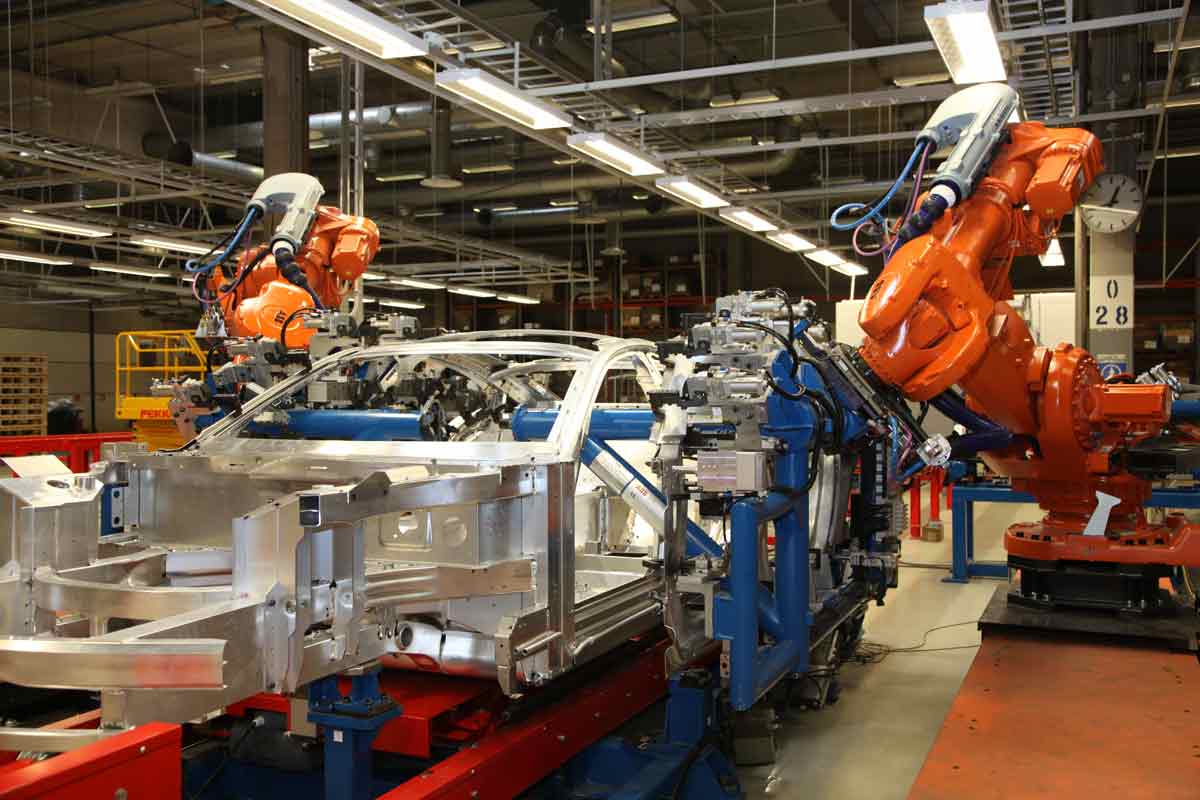Asia’s factories cranked up production in August as global demand remained strong, confounding expectations that growth may have peaked, but worries about China’s massive debt and monetary tightening in the West are likely to keep businesses and markets on edge for months to come.
Similar manufacturing activity surveys from Europe and the United States later on Friday are expected to show strong growth, too, paving the way for a gradual rollback of the radical stimulus introduced after the global financial crisis, Reuters reported.
In China, manufacturing activity accelerated to a six-month high, buoyed by the sharpest increase in new export orders in seven years and higher prices, a private survey showed. That echoed similarly robust official data on Thursday suggesting the industrial sector is continuing to prosper from a year-long, government-led building boom. In both cases, economists had expected growth rates to ease.
The third quarter is now looking strong enough that China could sustain much of the momentum from its forecast-beating 6.9% growth in the first half of the year, despite a regulatory crackdown on riskier types of financing and debt and a slew of measures to cool its overheating property market.
Indeed, ratings agency Moody’s Investors Service this week raised its growth forecasts for China, South Korea and Japan. “The surveys point to resilient industrial activity last month,” said Julian Evans-Pritchard, China economist at Capital Economics.
But he added: “Investment growth has cooled recently and we anticipate a further slowdown as the impact of tighter monetary conditions continues to feed through. If we are right, the current strength of industrial activity can’t be sustained for long.”
Eye-Catching Growth
Manufacturing also expanded solidly in the world’s No.3 economy, Japan, as domestic and export orders picked up. The pick-up in new business was generally more modest than in China, however, suggesting its economic growth may moderate from an eye-popping 4% annualized rate in the second quarter.
Other Asian electronics producers were also still riding high.
Taiwan’s manufacturing survey saw the fastest growth in four months, while South Korea’s exports beat expectations and posted their longest run of growth in almost six years. South Korea is the first among major exporting countries to publish its monthly trade figures.
India’s activity also unexpectedly rebounded in August, in a sign there was light at the end of the tunnel, with the shock of last year’s demonetization cash crunch and confusion over a new goods and services tax likely to ease in coming months.
Data on Thursday showed Indian economic growth unexpectedly cooled in the June quarter to a three-year low of 5.7%.
Moody’s Investors Service on Thursday maintained a stable outlook for the Indian banking system, noting the country’s progress in managing legacy asset issues counteracting significant capital inadequacies some lenders continue to face.
China's Debt Risks
In China, the private Caixin/Markit survey showed new business grew at the strongest pace in more than three years in August. The manufacturing purchasing managers’ index rose to 51.6, from 51.1 in July. Levels above 50 suggest expansion.
Prices of industrial commodities and building materials, in particular, have surged in China this year largely due to the government’s hefty infrastructure spending and its efforts to reduce excess capacity by shutting inefficient mines and mills.
But risks for China abound as the government tries to defuse a rapid build-up in corporate debt that is now estimated at around 1.7 times the size of the economy.
Further regulatory tightening could curb growth in the near-term or roil financial markets, even though debt control and reforms are needed to foster longer-term sustainable growth.
On Friday, the head of the People’s Bank of China’s research bureau said the property market has become a major source of financial risk and said new measures should be considered.
While policymakers in China and Japan still have their feet firmly on the gas, feeding a steady stream of stimulus to their economies, stronger growth in the West is prompting central bankers there to start winding back years of super-easy money.
Europe’s manufacturing PMI is expected to show hardy growth, with economists forecasting a headline reading of 57.4%, the same as in July.


